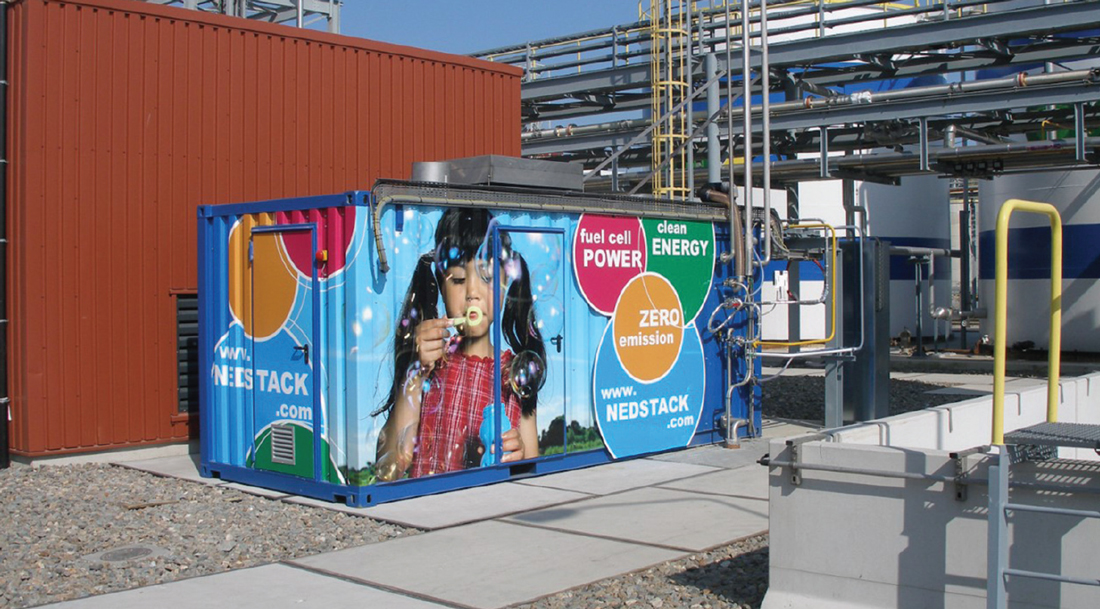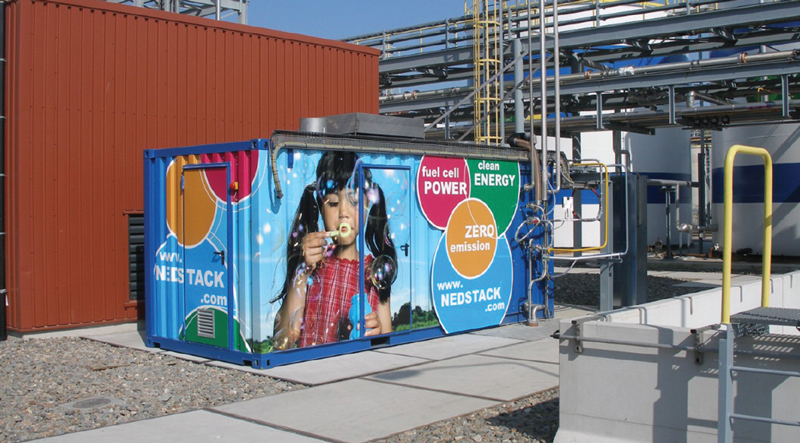
By Lucien Joppen
With the advance of hydrogen in the renewable energy domain, fuel cell technology has come into the spotlight more and more. Many fuel cell technology providers focus on mobility (personal vehicles) but very few target large-scale industrial or large transportation. Nedstack, located in the Netherlands, does just that.
Valve World visited the company’s headquarters in Arnhem, a small city close to the German border. Back in the 1990s, the company started as a business unit within AkzoNobel, at the time also located in Arnhem.
The company, at the time a major producer of many bulk chemicals, including chlorine, was looking for a way to utilize hydrogen, turning it from an unwanted byproduct into an energy carrier. In 1998, AkzoNobel decided to spin out Nedstack, turning it into an independent company.
Fast forward two decades later and Nedstack has managed to survive the valley of death and is busy commercializing its technology in various sectors. Jogchum Bruinsma, sales engineer/application manager maritime at Nedstack, is eager to go into detail on ‘his’ company and the fuel cell technology is used for large-scale applications.
Industrial applications
“Given our industrial background, Nedstack focusses on industrial applications”, Bruinsma says. “Over two decades, we have developed, manufactured and tested reliable and robust fuel cell stacks that are able to operate over lengthy periods of time. We use PEM (proton exchange membrane) stacks. PEM has proven to be the superior and most versatile technology for industrial applications. They produce the most power for a given weight or volume of fuel cell. Because they are light-weight, have such high power-density, and cold-start capability, they qualify for many applications, such as stationary combined-heat-power, transport, portable power and even applications in space. Also, very important is the maturity of the technology and its CAPEX, compared to other fuel cell technologies.”


